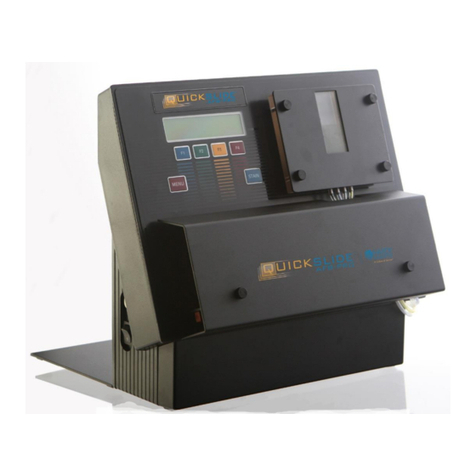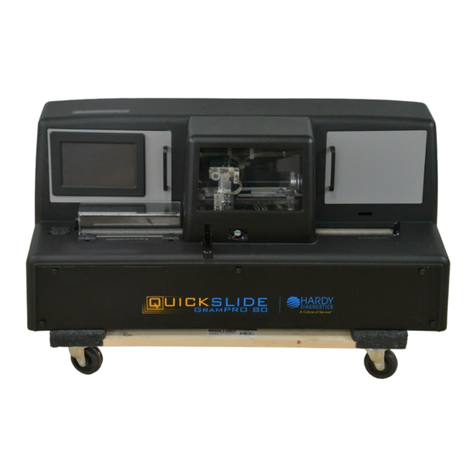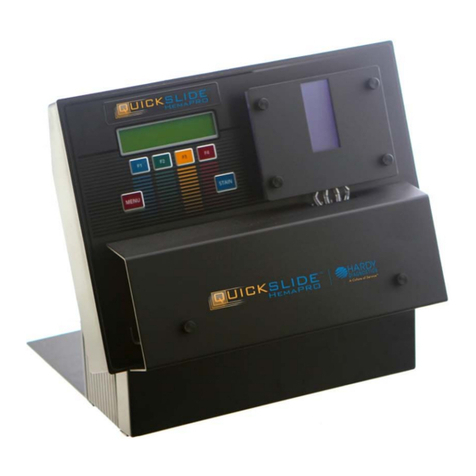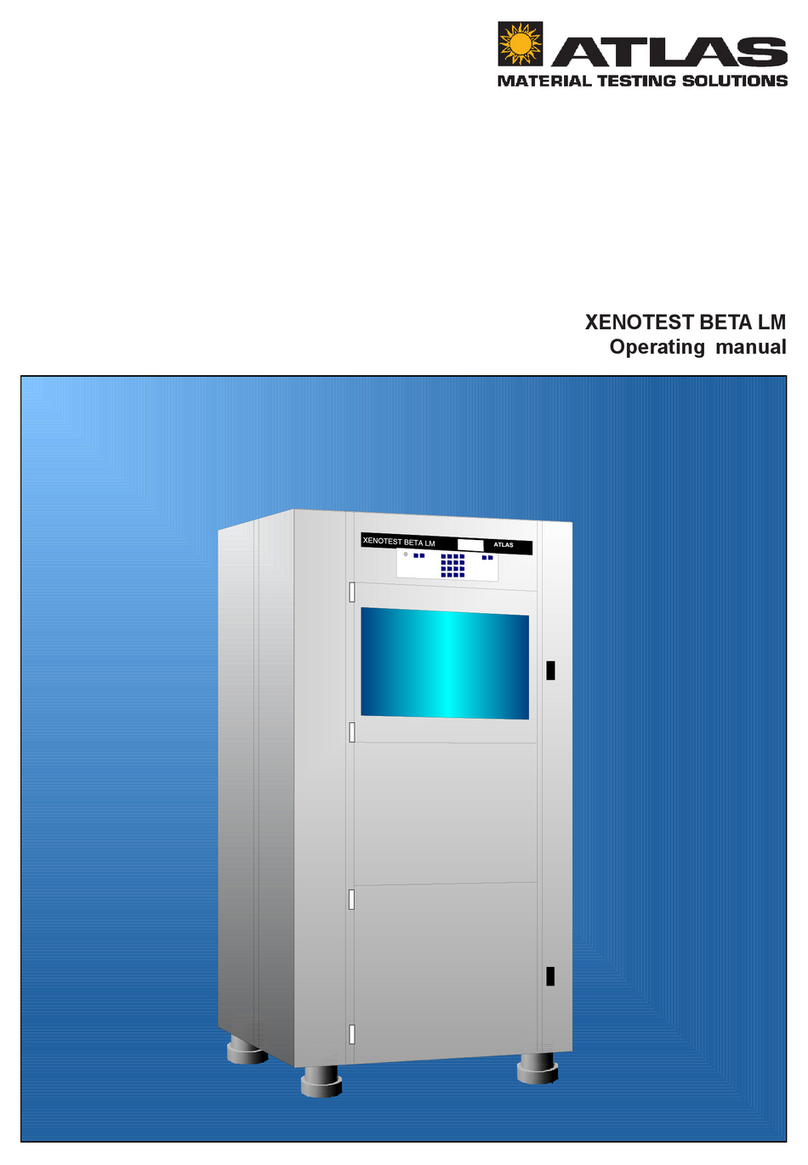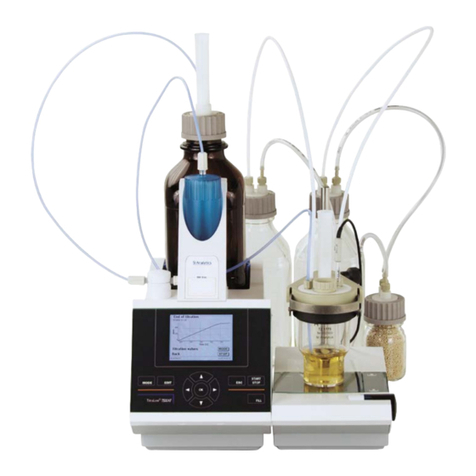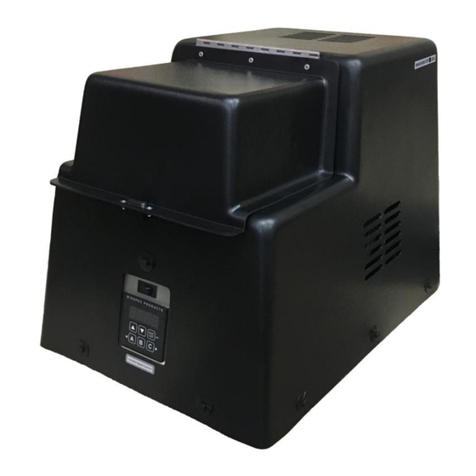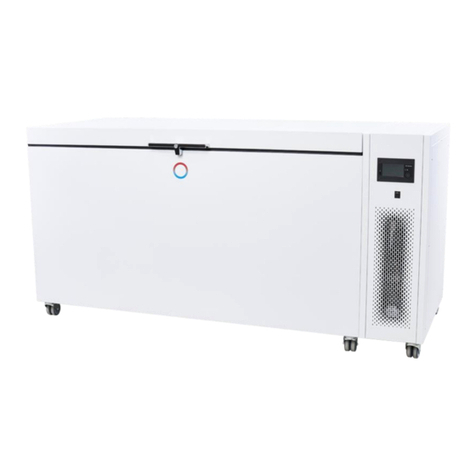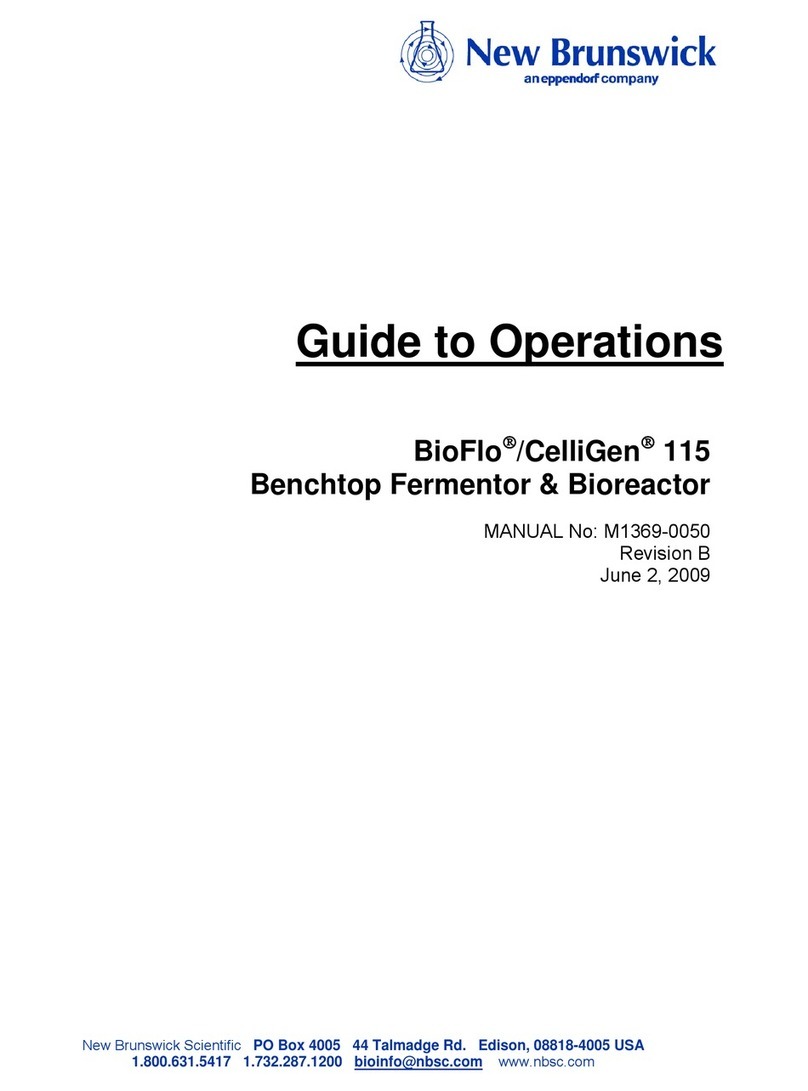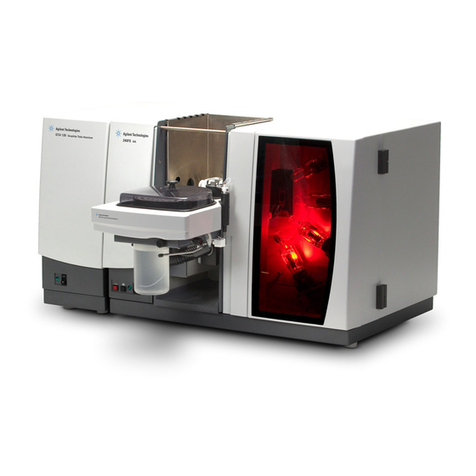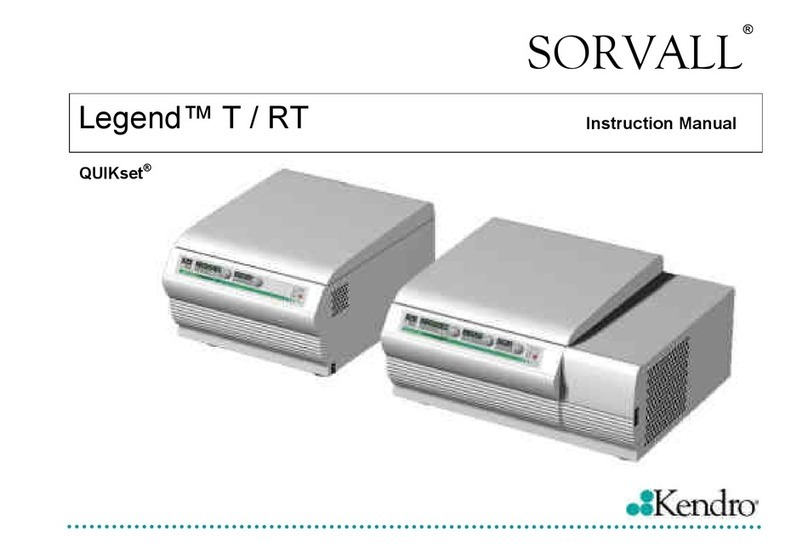
Rev. 050418vr HemaPRO User Manual Page 9 of 23
5.2 Specimen Slide Preparation
5.2.1 Blood Specimen (1)
For a blood smear use a clean slide with a frosted end (Cat. no. PF72P). Fill a
disposable pipette at least ¾ full with well-mixed blood. Place a drop of blood
approximately 4 mm in diameter on the slide, approximately 0.5 cm from the
frosted area.
Pick up a second clean slide; this will be used as the spreader slide. Do not
touch the spreading edge (short, non-frosted edge) with your hands. Place the
spreading end of the spreader slide at a 30-40 degree angle on the slide in front
of the blood droplet. The entire short edge of the spreader slide should be in
complete even contact with the lower slide. Using your other hand, pin the lower
slide to the countertop to prevent it moving. In one smooth motion, draw the
spreader slide back through the entire drop of blood. Once the blood spreads
along the edge of the spreader slide, push the blood forward along the length of
the lower slide. The blood should run out before reaching the end of the slide.
This will produce the “feathered edge” and a mono-layer of blood cells on the
slide. The smear should extend no more than ¾ along the length of the slide.
5.2.2 Bone Marrow Specimen (2)
Bone marrow smears should be prepared immediately following aspiration. The
aspirate should be expelled into a small plastic or siliconized glass dish. Use a
Pasteur pipette to pick up the spicules. Then place one drop 0.5cm from the
frosted end of the slide. Place another glass microscope slide in front of the
specimen at an angle of approximately 30 degrees. Pull the spreader slide back
to make contact with the specimen, and then push the spreader forward in a
smooth action, in contact with the slide as described in section 5.2.1 above.
5.2.3 Methanol Fixation (Highly Recommended for Bone Marrow Specimen)
Fixing the specimen causes the cells to adhere to the glass slide to make
possible the subsequent rinsing of the smear with water without the significant
loss of cells. This can be accomplished by methanol fixation. For best results, it is
required that the methanol method be used, rather than heat, since it is superior
in preventing lysis, distortion, or damage to the cells in clinical material. Red
blood cells and white blood cells will not be harmed, whereas heat may distort or
disrupt the cells.
5.2.4 Methanol Fixation Procedure: Air-dry the specimen. If the heat block must be
for over an hour, it is extremely important that the specimen does not get
damaged by excessive heat. Once fully dried, fix by submerging the slide in the
Coplin jar filled with methanol for 30 seconds. Please ensure that the methanol
covers the whole smear. Drain off remaining methanol without rinsing by tapping
the bottom edge of the slide to a paper towel and allow the slide to air dry. Do not
apply heat after the methanol dries.
NOTE: Because the slide preparation technique can vary from institution to
institution and technique is not always controllable (i.e., differences in smear
thickness, fixation techniques, drying time, specimen adherence to different types
and brands of slides, etc.). Rare instances of carryover of specimen from slide to
slide can occur. The chance of this can be minimized by carefully following the
instructions in this manual.




















